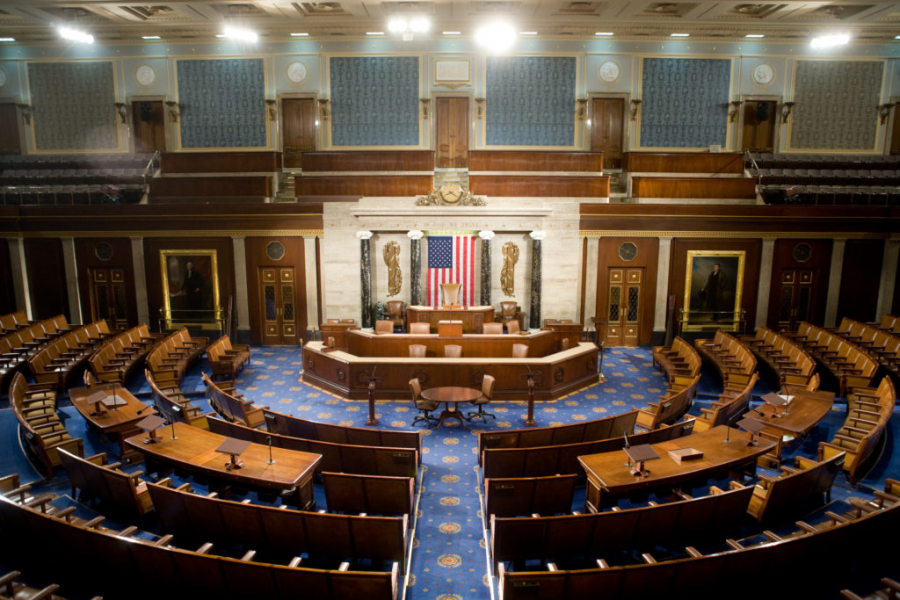What Is the Senate Filibuster?
April 8, 2021
The filibuster has been a tool of the Senate for many years, most notably in the case of the Civil Rights Act of 1957 where U.S. Senator Strom Thrumund delayed the process for more than 24 hours. In modern times, actual filibusters are very rare – one of the last filibusters in recent years was Sen. Harry Reid’s approximately nine-hour filibuster in 2003, a far cry from the efforts of Thrumund but a significant delay nonetheless. In reality, senators often threaten filibusters instead of carrying them out, though because of the potential time and stress it could cost the Senate, these threats can be just as effective – if not more so.
Rule 22, otherwise known as “cloture”, allows the Senate to resolve the filibuster (or threat thereof) if a two-thirds vote, or “supermajority”, can be achieved. The measure was pushed for by President Woodrow Wilson after one of his own proposals died out because of a filibuster stall. While cloture doesn’t immediately stamp out the filibuster in question, it does limit the debate time to fill thirty hours if the 60 Senate votes can be reached.
President Biden has recently made statements claiming that the filibuster is being abused – specifically by the GOP – despite his long history of defending it. In his earliest presidential press conference, Biden criticized the filibuster, however, he did state his support for the return of the “talking filibuster”, the literal act of talking for prolonged periods of time to stall the Senate – not the threat of doing so. A few weeks ago in March, Biden addressed the filibuster again, though he did say that it was not his first priority and that he instead would focus his goals on infrastructure. Others, like Hilary Clinton and Sen. Tina Smith, have been much more vocal about their distaste for the filibuster.
On Just Something About Her, a podcast hosted by the communications director of Clinton’s 2016 presidential campaign, Clinton said: “The filibuster stands in the way of a lot of legislation.” She continued that the fate of the filibuster was something that would be found out soon and that the filibuster should be lifted for constitutional matters.
Similarly, Tina Smith, a Democratic senator from Minnesota, was interviewed by The Guardian, during which she said: “The filibuster wasn’t encouraging compromise. The filibuster was making it easy for any member of the Senate to say no. And the more I looked at that, the more I looked at the damage it was doing to our democracy.”
In opposition to many of these claims, some have stated the filibuster is a fundamental part of the Senate, allowing for continued debate and a way for senators to limit the power of the majority party. Indeed, it seems as though the filibuster is often seen as “unconstitutional” to whatever party is currently in control, regardless of whether this is consistent with the party’s prior stance or general views.
The future of the filibuster, and the votes required to proceed in the face of one, are still being hotly debated. In the meantime, the filibuster continues to remain in the Senate as is.




